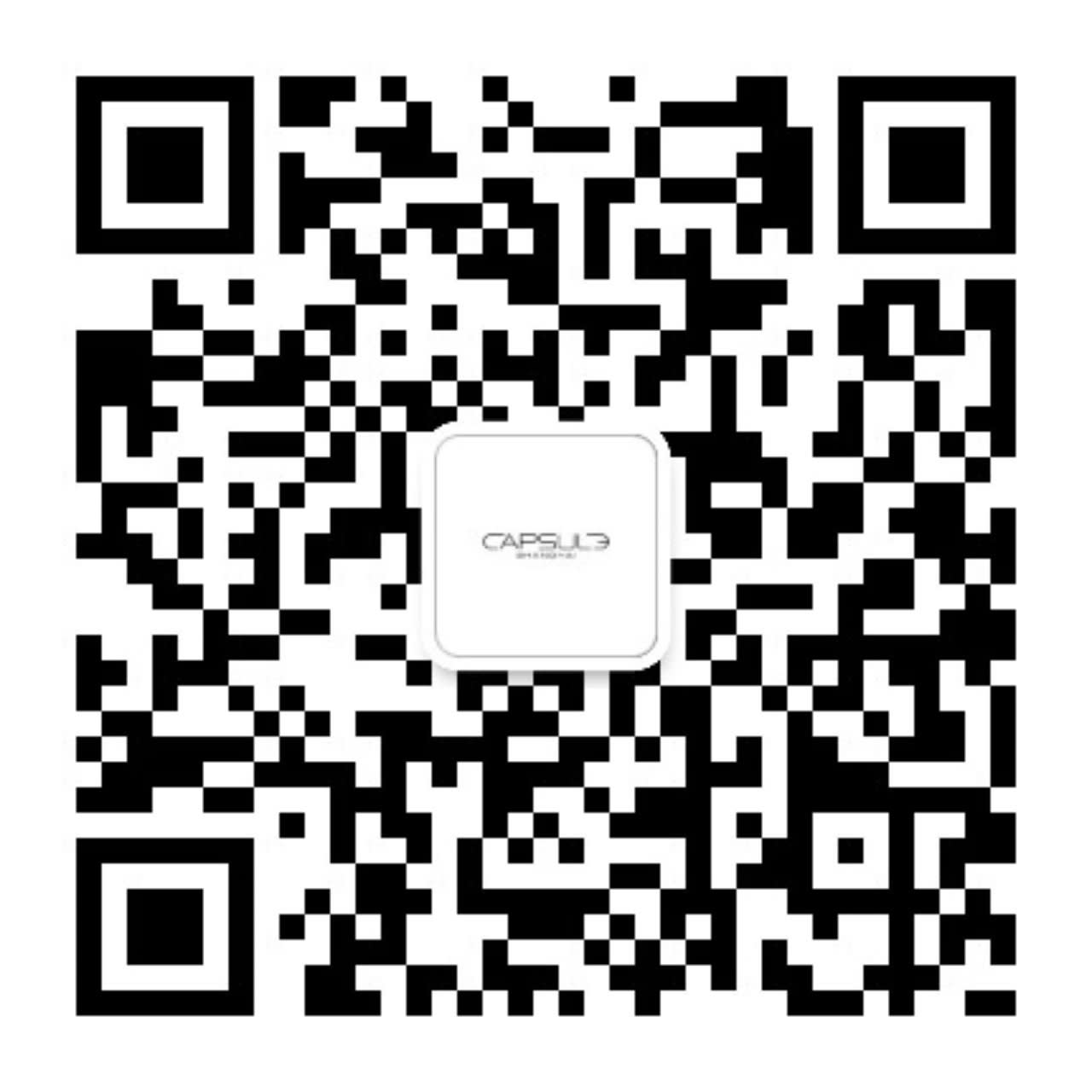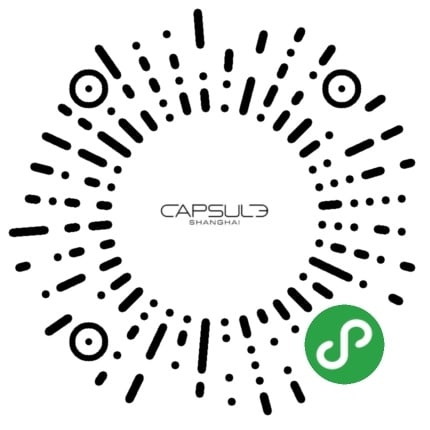Capsule Venice is delighted to present Real Time, the gallery’s first collaboration with Italian artist Alessio de Girolamo (b. 1980, Sanremo, Italy; currently lives and works in Lecce, Italy). Opened in the annex gallery space and the garden shed (Project Room 2) during La Biennale di Venezia - 68th International Festival of Contemporary Music, and now presented in a new format, Real Time unveils the artist’s most recent audio and video experiments with the eponymous software Real Time. Developed over the past few years in close collaboration with LIM - Laboratorio di Informatica Musicale (Music Informatics Laboratory) at Università degli Studi di Milano, the software Real Time represents a significant breakthrough in the way that a musical composition is conceived. It uses the elements of the natural soundscape closest to the notes of a chosen musical score, without any pre-sampling or pitch alteration, to create a brand-new score in which the natural and the artificial meet and inevitably clash. This software replaces the “silenced notes” in the original track with the closest acoustic frequencies. Real Time highlights the breach between the spontaneous, non-numeric, circular, and aleatoric patterns followed by musical composition as a product of an unaware soundscape and the time-based, numerical logic of traditional musical composition that resulted from a composer’s awareness and intention. The software thus represents an (occasionally impossible) attempt to reconcile these two antithetical systems of thought.
The project specifically conceived for Capsule Venice revolves around two interconnected bodies of work: Joog Box (2024), a custom-made jukebox covered in super-mirror stainless steel displayed in the garden shed and two main projections Real Time (Venice, Sept. 21, 2024) (2024) intertwined with a series of hand-drawn scores on canvas Real Time / Music Score (Venice, Sept. 21, 2024) (2024), and Music Score (Venice, Sept. 21, 2024 No.1) (2024).
Even though the first jukeboxes were known by many names back in the 1890s, mostly “nickel-in-the-slot machines,” the roots of the word “jukebox” go much further back than its first reference in Time magazine to the jook houses of the period. Specifically, the term originated in the Sea Islands, just off the Carolinas, where Gullah, a creole of several West African languages and English that grew up around slaves, was brought to the region in the eighteenth century. In Gullah, the word “joog/jook” meant “disorderly” or “living wickedly.” A jook house was a sort of dance hall, gaming room, and brothel, all rolled into one.
Joog Box was purposely selected, with this spelling, as the title for the piece on view. On first hearing, the sounds emitted when a visitor pushes the button of the juke box is a anarchy of harmonies, an auditory derailment that seems barely related to the scores listed on the screen, representing the original scores from which the compositions depart. The twelve tracks selected pay homage to the work of composers spanning two hundred years, from the Renaissance to the Romanticism, who once lived and worked in Venice or who are somehow related to the city’s history or to one another.
This selection does not aspire to be a philologically complete, strictly historical survey; it is rooted first of all in the artist’s own taste and understanding and it offers scores spanning a wide range of styles and eras, from the founder of the Venetian school Adrian Willaert (1490-1562) to Claudio Monteverdi (1567-1643), from Antonio Vivaldi (1678-1741) to Ludwig van Beethoven (1770-1827). What the audience hears comes from a specific process that overturns the usual compositional grammar.
The soundscape—including animal, natural, and human sounds—was recorded using a microphone, then transmitted to the Real Time software, which identifies the sound frequencies of the landscape and attempts to make a continuous match between the frequencies and notes of the original scores that run silently in MIDI format. Whenever the software detects and decodes —without manipulating— the sounds or noises in the soundscape that are most like the notes in the original score, the relevant note in the soundscape is captured by the software and linked to the relevant notes in the chosen piece. In this way, the sounds from the natural soundscape replace the original orchestra. When no sound is found, there remains a void, causing a feeling of disjunction where the original score interferes with the one performed by the soundscape.
The syntax of this musical discourse completely reverses the intentionality of the traditional way of composing; it is now replaced by randomness, by a fortuitous, chance incident, an unintentional miracle that determines the matching of natural frequencies with notes from the original score. This process has more in common with performing than traditional composing. All of the components involved in the soundscapes become “catalysers of sonic activity” to use the words of Max Neuhaus. What results is a score that is the product of collective endeavor, prioritizing relationships among agents, whether human or not, rather than a given subject or object. Everything is involved in a participatory exchange.
The videos projected in the annex gallery space combine images captured in the Giardini area, which portray “catalysers” moving in space as they create a new version of Antonio Vivaldi’s La Primavera (Spring). Here, the audience witnesses a visualization of the openness of the score, of time, of a never-ending process, in which the flow of life and nature—which has no consciousness of numbers or timelines—encounters the rigid logic of humans who rely on numbers to compose. This real-time, unconscious composition brings an unexpected aspect to the work going beyond standards of beauty or harmony, because the actual “actors” have no sense of being involved in creating a new piece, they just do it by existing, thus revealing a new sense of authorship.
For listening purists, the natural and human element of the soundscape is a bug in the system; it is a crazy monad, almost interfering with the sacredness of the original score. In reality it is the means that allows a reversal of perspective from music conceived as a tool for harmony and consolation to music as awareness of the existence of two separate systems, distinct and, irreconcilable. Alessio de Girolamo’s work shows from the outside how a whole system of thought not just of composition that employs a circularity and is not based on numerical relationships operates. When the frequencies adhere, a new sound is born. The bug is the feature.


